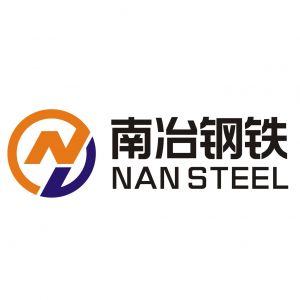Preheating deformation of large diameter straight seam steel pipePosted by chase Liu on December 21st, 2022 Straight seam steel pipe is a welded tube whose weld seam is parallel to the longitudinal direction of the steel pipe. It is usually divided into metric electric welded steel pipe, electric welded thin-walled pipe, transformer cooling oil pipe and so on. The production process of straight seam welded pipe and seamless pipe is simple, with high production efficiency, low cost and rapid development. According to the production process, the longitudinal seam welded pipe can be divided into ERW pipe and LSAW pipe. The high-frequency welding process of large-diameter straight seam steel pipes is completed in the high-frequency welded pipe unit. The high-frequency welded pipe unit is usually composed of rolling forming, high-frequency welding, extrusion, cooling, sizing, flying saw cutting and other components. The front end of the unit is equipped with a material storage looper, and the rear end of the unit is equipped with a steel pipe turning frame. The electrical part is mainly composed of high frequency generator, DC excitation generator and instrument automatic control device. Thermally expanded diameter straight seam steel pipe refers to the expansion of large diameter straight seam steel pipes through diameter expansion technology to meet the needs of customers. Large-diameter straight seam steel pipes have two processes: double-sided submerged arc welding and high-frequency welding. Double-sided submerged arc welding can produce large-diameter straight seam steel pipes with a diameter of about 1500. The pipe expansion we are talking about now mainly refers to the high-frequency welded pipe. There are two reasons why the production diameter ratio of the high-frequency welded pipe itself is small, so it needs to be expanded. The method of deformation of large diameter straight seam steel pipe during preheating: 1. Correct heat treatment process operation and correct tempering heat treatment process are also useful methods to reduce messy mold deformation. The reasons for the deformation of messy molds are often messy, but we only need to grasp the rules of deformation, analyze the causes of its occurrence, and use special methods to prevent the deformation of the mold, which can be reduced and controlled. 2. The messy mold should be pre-heated, and the residual stress generated during the machining process. For messy molds, if conditions permit, try to use vacuum heating quenching and cryogenic treatment after quenching. Under the premise of mold hardness, try to use pre-cooling, graded cooling quenching or warm quenching process. 3. The design and description of the mold should be accurate, the thickness should not be too disparate, and the shape should be symmetrical. For large deformation molds, the deformation rules should be mastered, and machining allowances should be reserved. For large and messy molds, a combined design can be used. For some messy molds, pre-heat treatment, aging heat treatment, quenching and tempering nitriding heat treatment can be used to control the precision of the mold. When repairing defects such as mold blisters, pores, and wear, use cold welding machines and other equipment with low thermal impact to avoid deformation during the repair process. 4. For messy molds, micro-deformation mold steel with good quality should be selected. For mold steel with serious carbide segregation, it should be cast correctly and quenched and tempered. For large and uncast mold steel, solid solution double refinement heat treatment can be carried out. Correctly select the heating temperature, control the heating speed, and use slow heating, preheating and other balanced heating methods for messy molds to reduce mold heat treatment deformation. Like it? Share it!More by this author |


